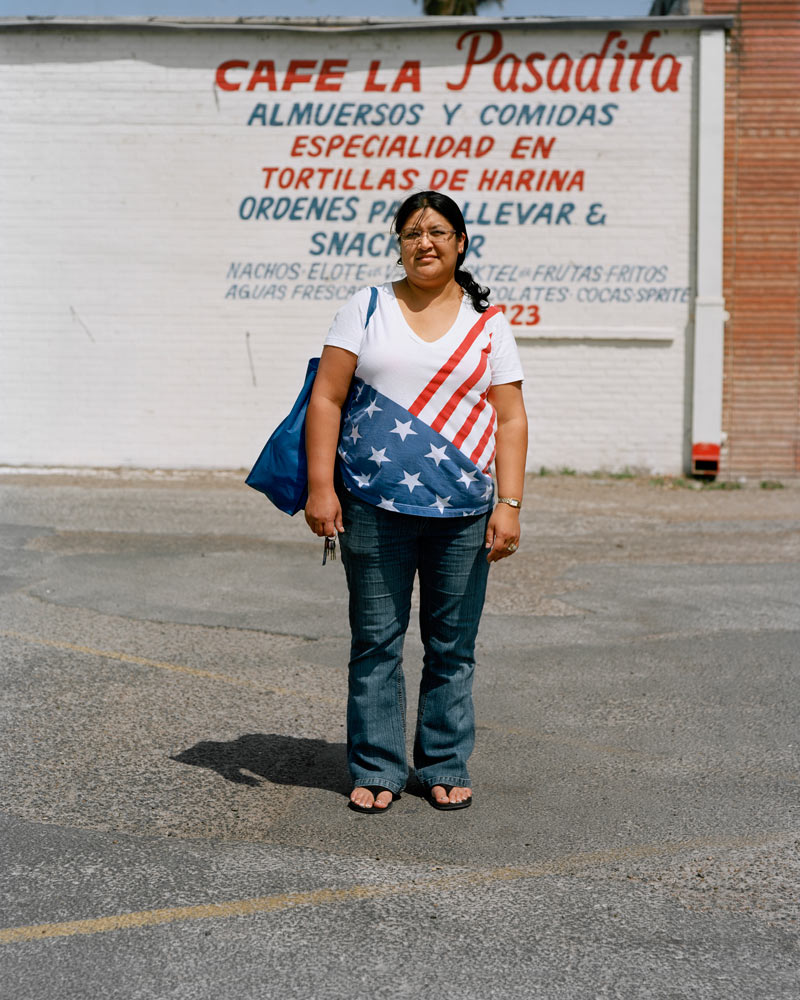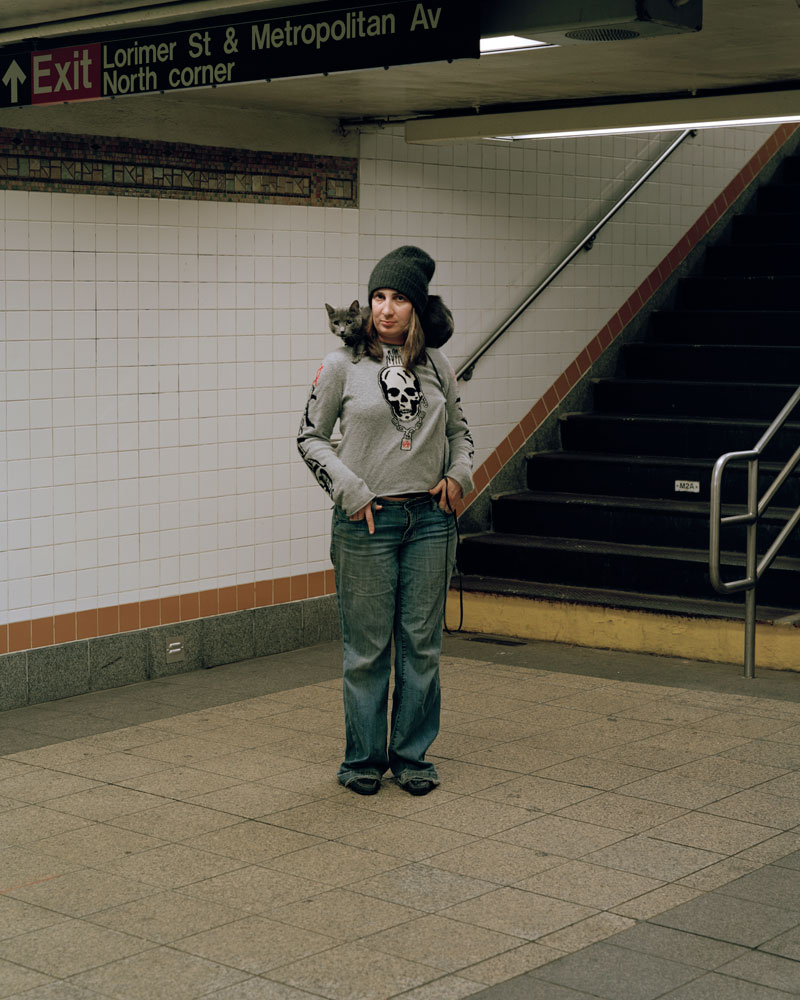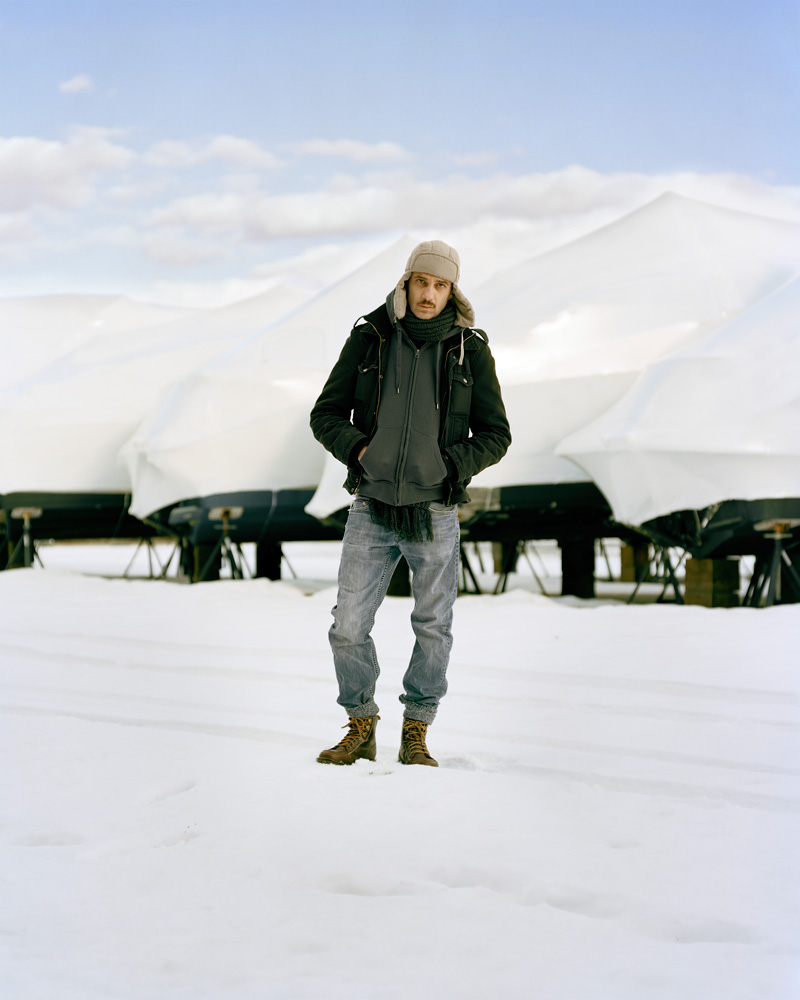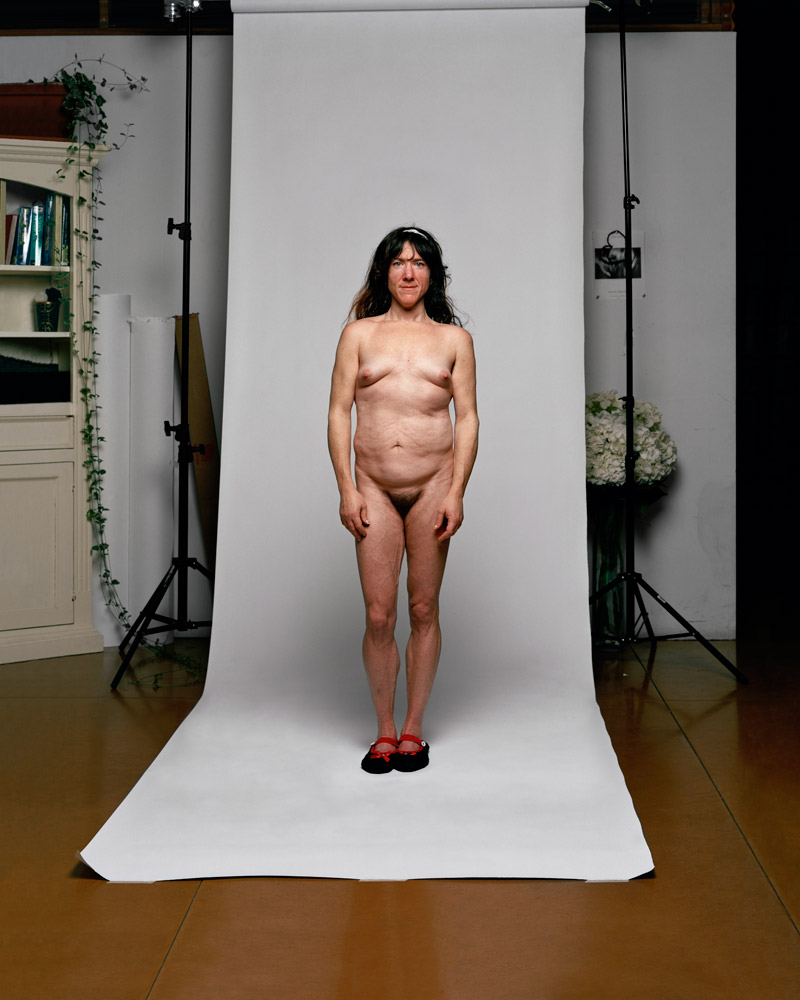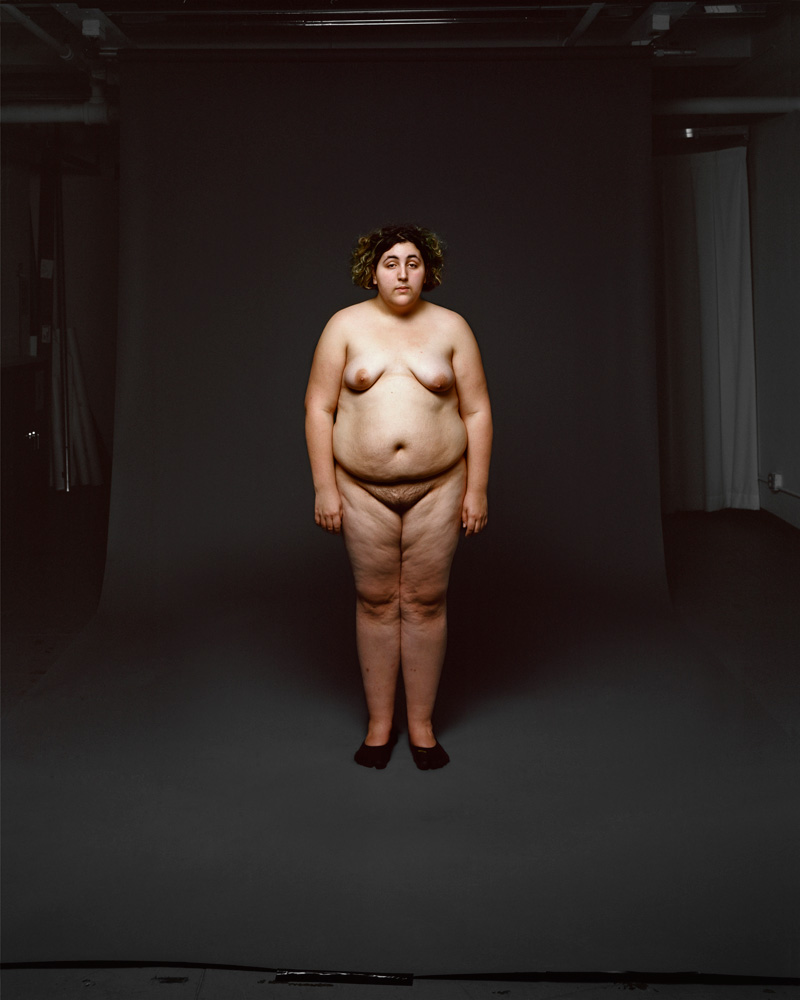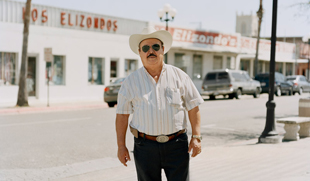Semi-Detached is the latest series from young Italian photographer Marco Scozzaro. The project was created in 2011 during his residency at the School of Visual Arts in New York. Over time, Marco Scozzaro’s photographical practice builds up to form the experience of the ‘I’, the ‘ego’, within contemporary society. Photography is an integral part of his every day, personal research. His previous works have had the power to suggest a secret visual diary — Io mi annoio / I Get Bored, to sketch the outlines of distended narratives in the suburbs of Modena and Milan — Défricher-Déchiffrer, to create imaginary relationships — Ti Cerco, and even to induce tension between mind and body as in his series of portraits and auto portrait — Mirror Neurons.
Construction of a series
Semi-Detached was formed in several stages. Marco Scozzaro first chose exurban landscapes in which a few emblematic elements of American society are visible (pick-up trucks, flags, sky scrapers etc.) Here and there we perceive the famous Manhattan skyline and Coney Islands’ Cyclone Rollercoaster. It was through a process of self-interrogation with regards the notions of ‘domesticity’ and lack of geographical landmarks that the expatriate photographer came to choose these locations. He then chose passers-by. From this he draws a series of full-length portraits, characterized by the regularity of the frame and a consistent distance from the subject, who is always centralised. These suburban landscapes are very clear, evoking the moment of extreme clarity before a fade out. They work almost like scenery. However, from these posed, homogenous photos, comes instability; suspense is established in the relationship between the photographer, the subject and the environment.
At the same time as these street portraits, Marco Scozzaro began a second, more experimental project. He placed an ad on the site Craigslist requesting volunteers willing to pose naked in his school’s photography studio. In these portraits, he allows parts of the set to be seen on the edges of the images. This detachment is how the photographer further questions his own role as a photographer as well as the role of images produced in studios. Body, place, limits: this series raises questions about conventions.
A participative element is introduced to the photograph; Marco Scozzaro asks if the models would like to wear their favourite pair of shoes. As small a detail as it may be, it is a part of the process which creates links, even emotion. The models are reincarnated and an unexpected humanity emerges from the conventional studio setting. Without pretence, the photographer is showing us the most basic of encounters between two people.
In seeking volunteers to pose naked, but this time in the street, his project is enriched. His photography thus borders on performance, the photos becoming simply declarations of an act that has taken place in the public sphere and for which the model shoulders all the responsibility. For what interests the photographer is not the body itself, but the discrepancies that develop between it and an environment. Image after image sees convention tested. These individuals, almost entirely naked, remind us to what extent the image of a body is constructed and imaginary. Such street nudes act as contemporary hybrids of nature and culture, and may be interpreted as a form of stripped down political activism.
Existential Portraits
These images were combined into a single series as they were the product of the same research. Beginning with a widespread sense of unease, the photographer seeks a space and time that he calls « liminal », a concept first defined in 1924 by the French anthropologist Arnold Van Gennep in his famous book Folklore. As part of the ritual, there is a transient phase characterized by the indeterminacy of the individual who has lost his former status but has not yet acquired his new status.
Liminality is a transitional stage where the subject’s identity remains a virtual reality. Thus, the photographer takes his pictures by following the ritual of those simple meetings which are necessary for the establishment of an individual and social identity. He searches a threshold, that is to say, spatiotemporal coordinates in which the body may take its place in the world and, within certain limits, from whence he could eventually establish an exchange with ‘the other’.
It therefore defines the relational field in which identity can be built: « The articulation of time and space defines the conditions for inter-subjectivity and for the political sphere of the media and communication, as worlds which underpin the identity of the subject. »2. His portraits are kinds of micro experiences of inter-subjectivity: it is through ‘the other’ that an identity can be built, through face to face interaction which, according to Lacan ‘imitates the mirror relationship and establishes the identity of the subject’. But Marco Scozzaro does not pass this liminal state: the person who is represented, is not subject to interpretation. What matters is the invisible, the possibility for change, the possibility of a journey.
Marco Scozzaro’s images fall within the category of existential photography, in the primary sense of the word (ex-sistere: exit « out of »). Scozzaro involves his own presence and he questions the relationship to ‘the other’ through the presence of the body in a landscape, in a suburban environment, in a studio … His images do not refer to a psychological approach, nor a sociological or an anthropological one. Furthermore, he does not seek to present a critique of photography.
Instead, as its title indicates, Marco Scozzaro is partially present in his images. The measured distance that he has chosen, the regularity of the homogeneous framework and the clear aesthetic of his images are paradoxically as much an expression of this integral uncertainty. The photographer presents the viewer with open-ended images which provoke thoughtful doubt. Are the images about to reveal some great truth or indeed, begin to fade away? Their clarity is such as to lead to this contemplative viewing.
Semi-Detached flits from one place to another, in itself a reference to the vacuum between attachment and detachment. The naked bodies are objects of fascination and projection, be they posed in the studio or an urban space. When mixed amongst their clothed counterparts they achieve a kind of serenity, albeit an abnormal one.
The political dimension of this series, with its accordeonesque structure, is eventually developed through this play on formal inter-changeability of individuals: what is the meaning of ‘togetherness’ in today’s society?
Adrien Chevrot / Translated by Kate-Marie Glover
Marco Scozzaro, « Semi-Detached », artist limited edition 5 ex, 2012
Biography
Marco Scozzaro is an Italian artist based in Brooklyn, NY.
His early life was spent moving all around Italy before moving to New York. While playing in several experimental bands and electronic music projects he earned his degree in Psychology, then made the transition to visual artist, pursuing a practice in Photography. Self thought photographer, he was awarded a scholarship to take part on a one year artist residency at the School of Visual Arts.
His work has been exhibited in solo and group shows in galleries and museums in Europe and USA such as Galleria Civica (Modena, I) Galerie Villa des Tourelle (Paris, FR), Mala Stanica National Gallery (Skopje, MK), New York Photo Festival (NY, USA), GRID Photography Biennial (Amsterdam, NL) among others. His editorial work has been published by international magazines including Vogue, GQ, Rolling Stone, Vice, Brownbook, Wad, Ozon.



